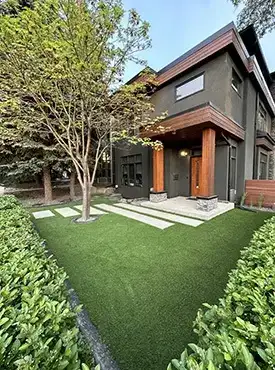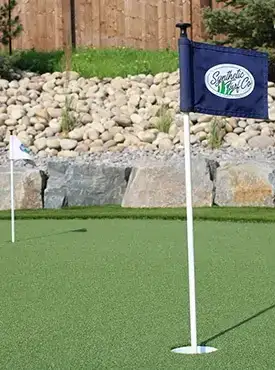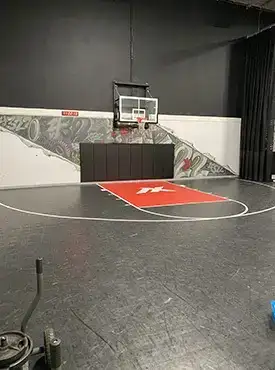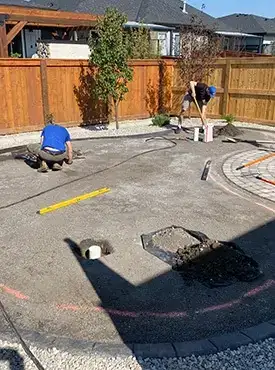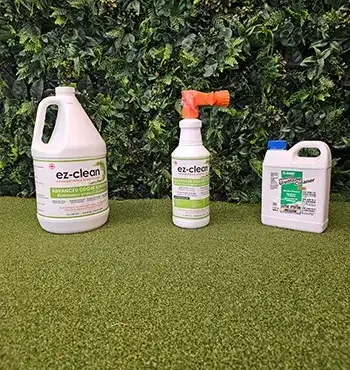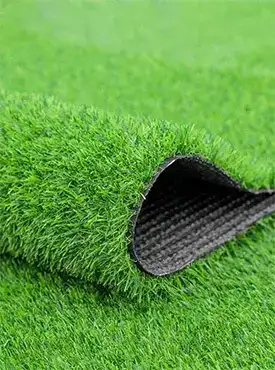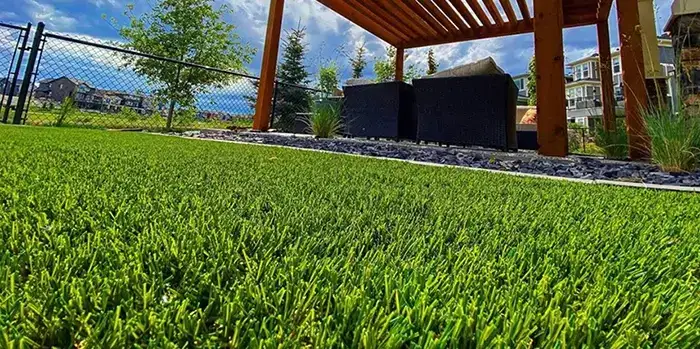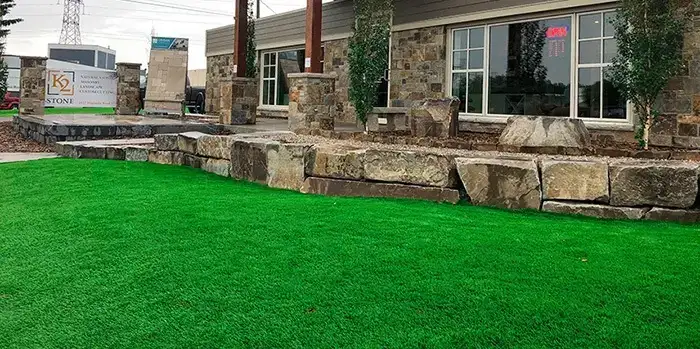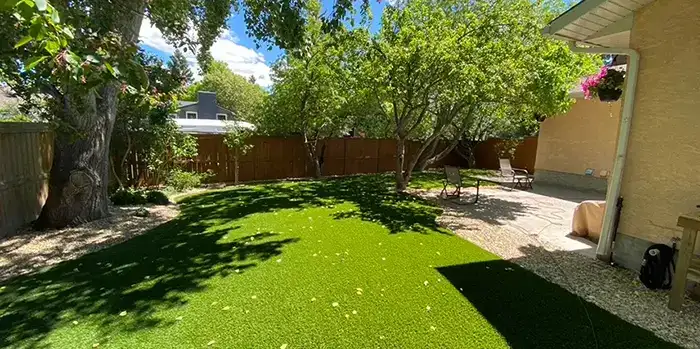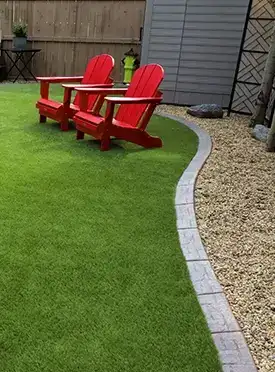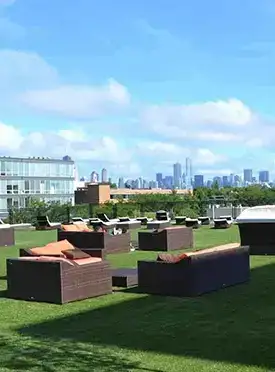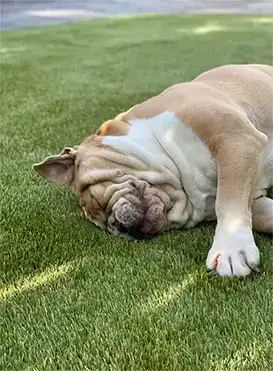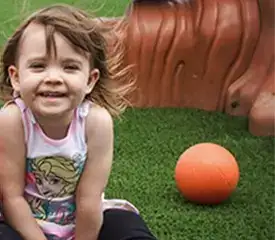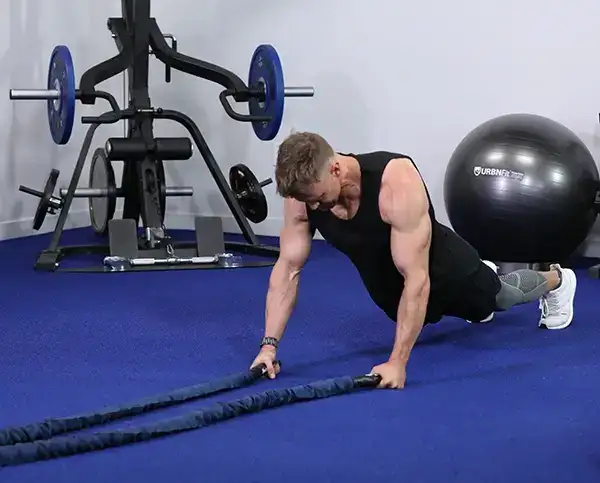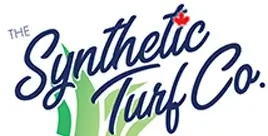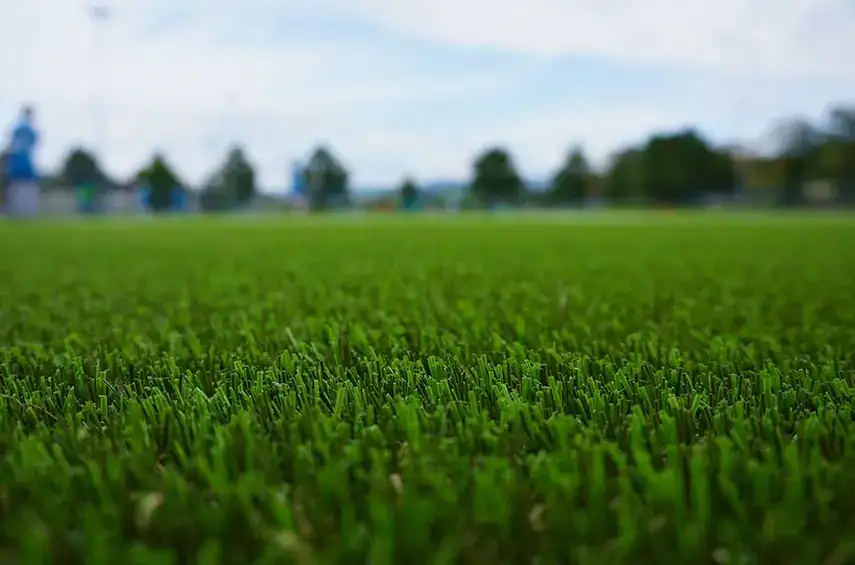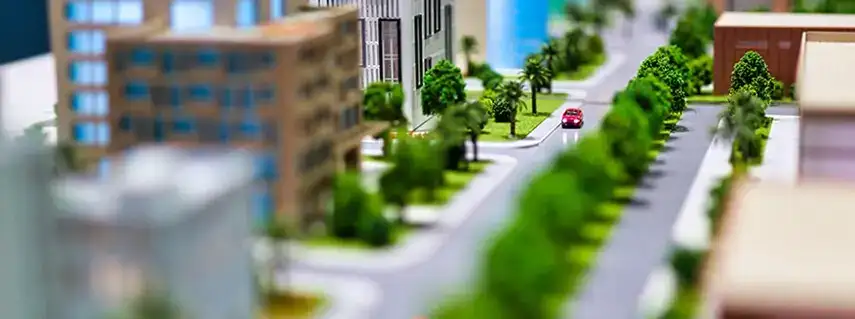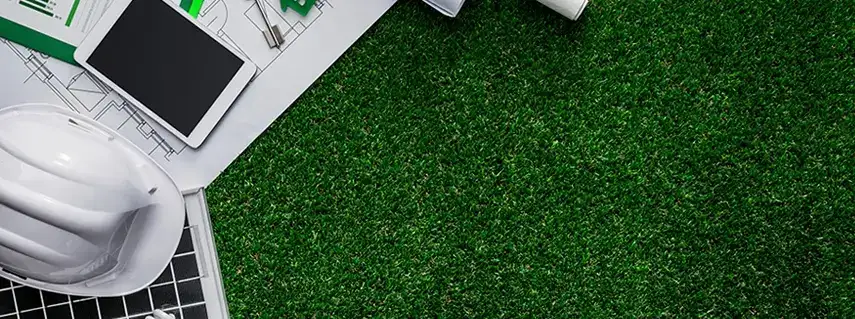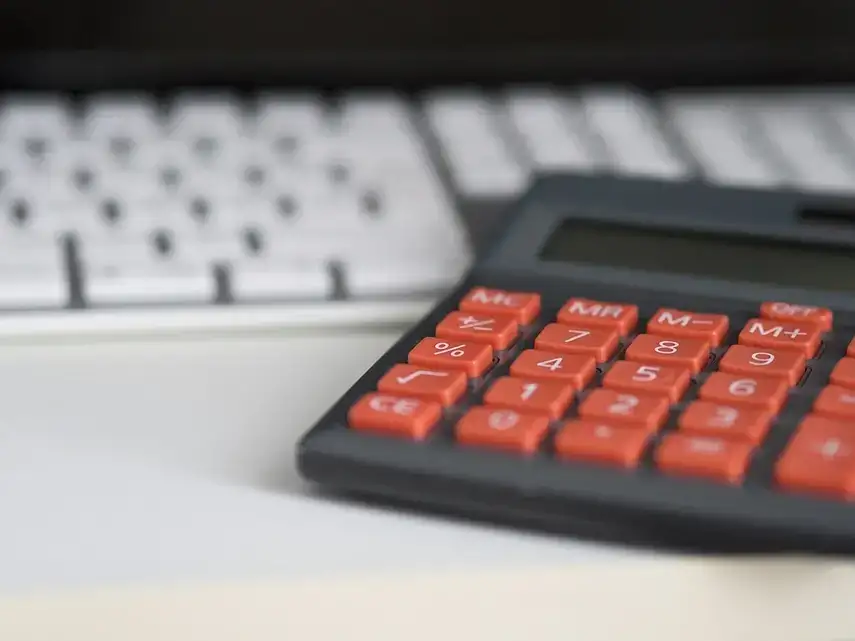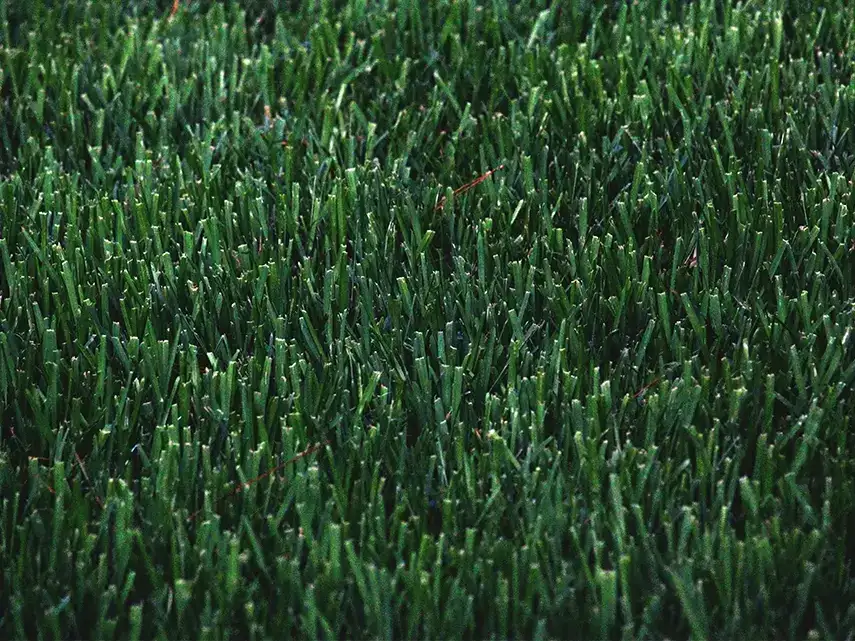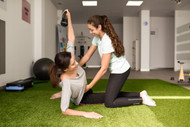The Role of Indoor Artificial Sports Turf in Athletic Rehabilitation and Physical Therapy
Posted by The Synthetic Turf Co. on 1st Aug 2025
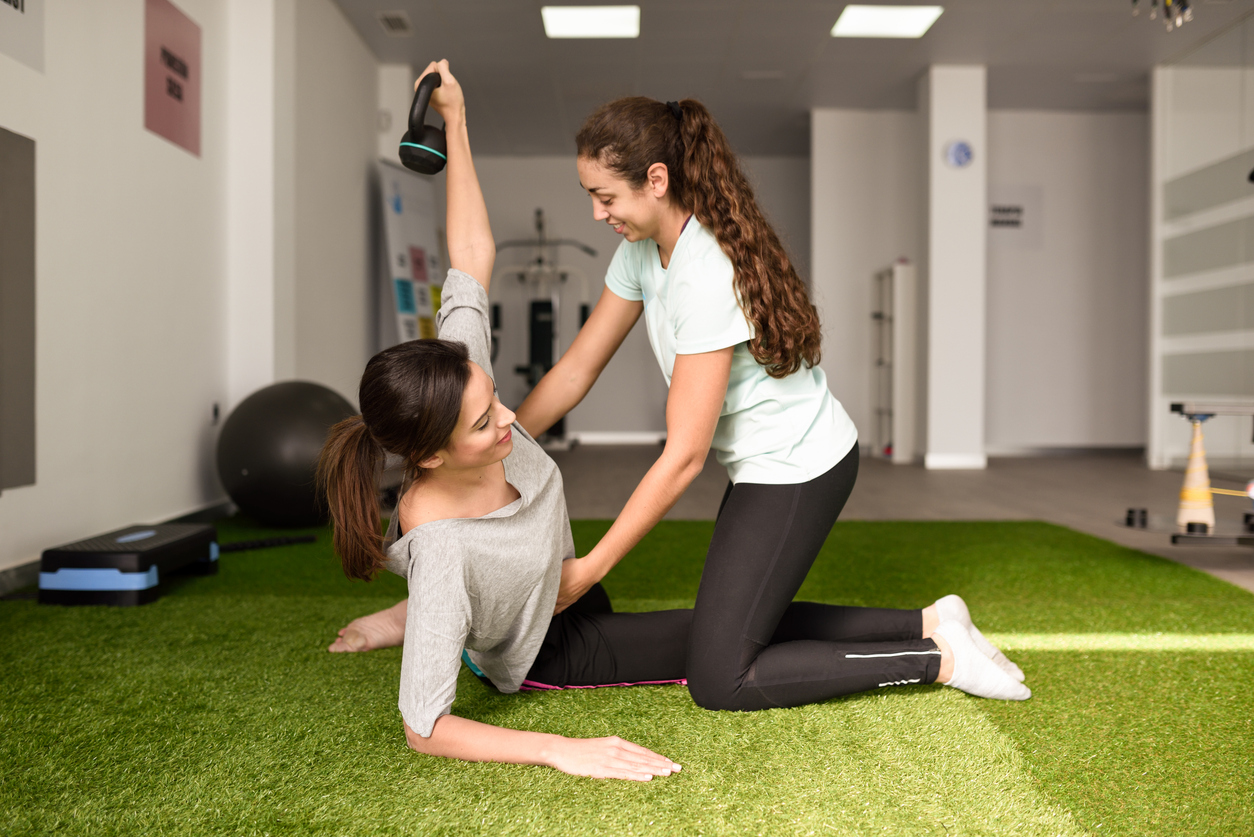
Creating a recovery space that supports healing, mobility, and long-term strength is essential in any rehabilitation or physical therapy program. Increasingly, clinics, fitness centres, and sports medicine facilities across Canada are turning to indoor artificial sports turf as a key component of their rehab environments. With its joint-friendly surface, excellent traction, and versatile design options, artificial turf is proving to be more than just a gym flooring trend—it’s becoming a trusted tool in athletic rehabilitation. If you're considering building or upgrading a recovery or therapy area, get in touch with The Synthetic Turf Co. to discuss how indoor artificial sports turf can be tailored to your unique facility and patient needs.
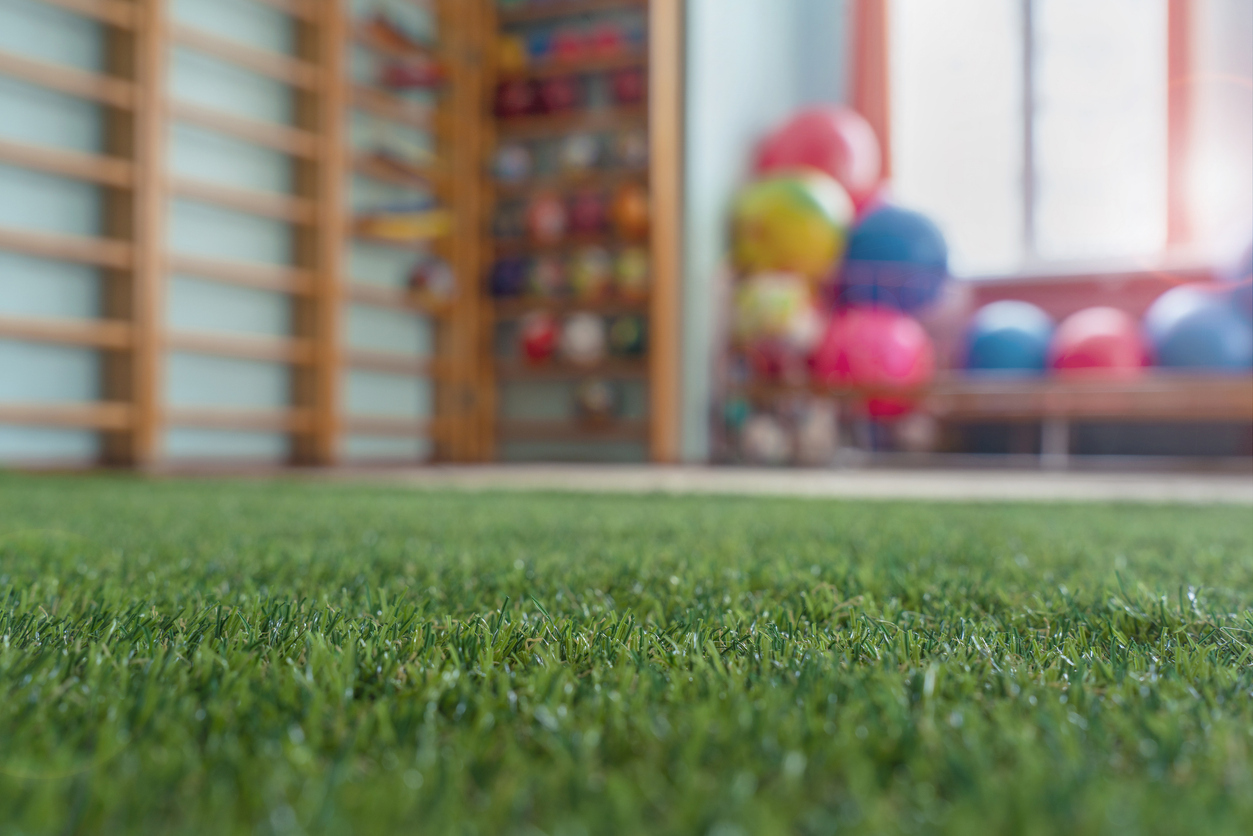
Why Indoor Artificial Sports Turf Works for Rehab
Rehabilitation often requires a delicate balance between movement and protection. Injured athletes or patients recovering from surgery need to regain mobility without putting undue stress on healing joints, tendons, and muscles. This is where indoor artificial sports turf shines.
Unlike hard surfaces like tile or wood, turf provides a cushioned foundation that reduces impact, making it ideal for low-intensity exercises such as walking drills, balance training, or agility exercises. It’s soft enough to protect joints, yet firm enough to support mobility devices, sled work, and resistance routines. The surface is also consistent and stable, which minimizes the risk of slipping and allows practitioners to guide patients through exercises with confidence.
From ACL recovery to post-operative hip and knee rehab, the benefits of a turf-based setting have become clear—especially in multi-disciplinary practices where function, safety, and durability matter.
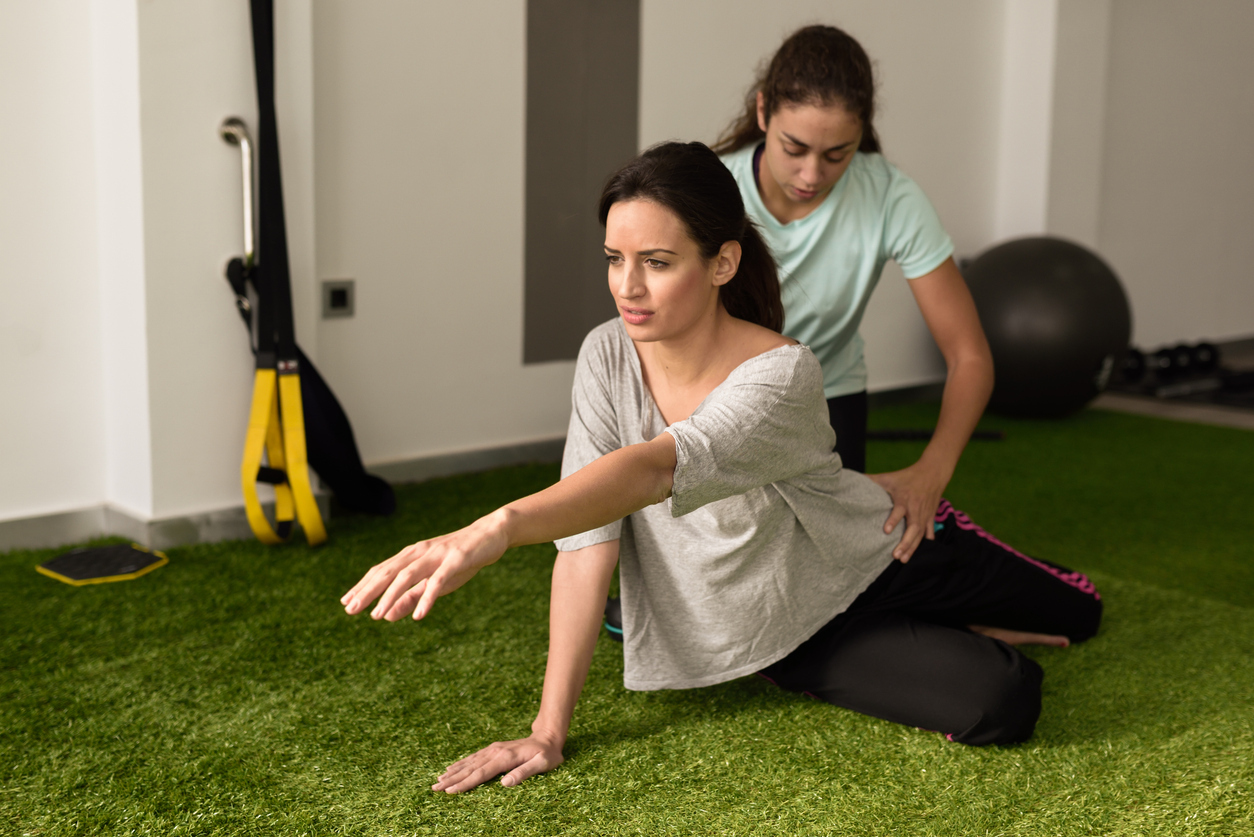
Key Turf Specs That Support Safe Recovery
Not all turf is created equal, especially when it comes to clinical and athletic rehab use. The most effective therapy spaces use indoor artificial sports turf that’s specifically engineered with certain specifications in mind.
Pile height is one of the most important factors. For rehab settings, a shorter pile height—typically around 9 mm to 15 mm—is ideal. This provides a smooth, even surface that supports stable footing while reducing trip hazards.
Shock absorption is also essential. High-quality indoor artificial sports turf should include a built-in foam or rubber backing to absorb impact. This not only protects joints but also reduces fatigue during longer therapy sessions.
Traction is the third pillar of a good turf setup. The right turf offers just enough grip to prevent slips without being so abrasive that it causes skin irritation during floor-based exercises. Patients can perform lunges, sled pulls, band work, or stretches with the confidence that the surface will support them at every step.

Designing the Right Space
When designing an indoor rehabilitation area with artificial turf, it’s not just about the turf itself—layout matters, too. You’ll want to ensure the space accommodates a variety of movement-based therapies. This could include straight tracks for sprint and agility drills, open areas for mobility and strength training, or marked zones for guided therapy circuits.
Colour-coding or line markings can help guide patients visually through different stages of their rehab routines. Some facilities also integrate numbers or directional cues directly into the turf for added functionality.
Proper lighting and ventilation also play a role in creating a safe and welcoming environment. The goal is to foster a space where therapists can easily observe movement patterns, and patients feel encouraged to keep progressing without feeling overwhelmed or unsafe.
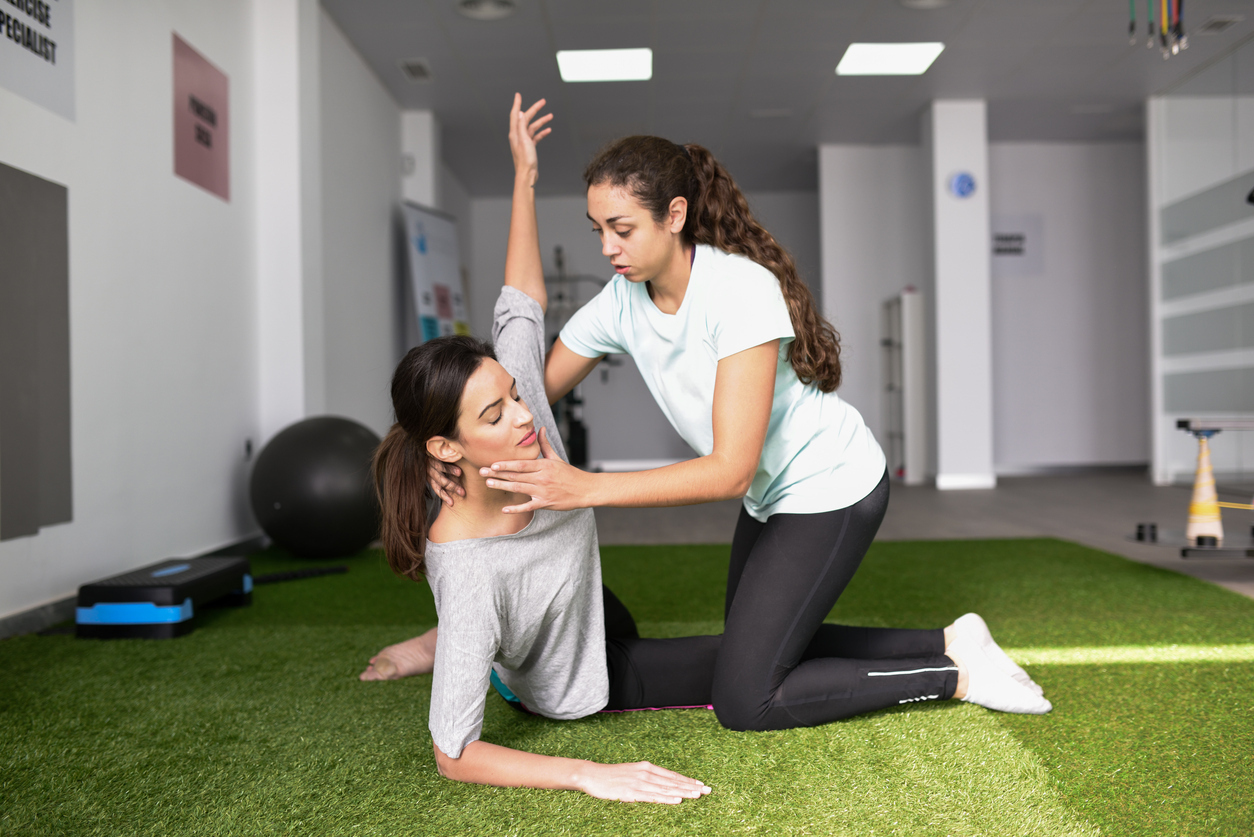
Collaboration Makes All the Difference
A major strength of using indoor artificial sports turf in rehabilitation settings is its adaptability—but choosing the right product and layout requires collaboration. When healthcare professionals work closely with experienced turf suppliers, the results are safer, more functional spaces that align with specific therapy goals.
Therapists often note that turf provides a more natural and less clinical atmosphere for recovery, helping patients feel more at ease. In turn, this can improve engagement, consistency, and outcomes. Patients report appreciating the soft surface underfoot and the ability to move freely without fear of falling or re-injury.
By working with a supplier who understands both the technical and clinical aspects of sports turf, you can ensure the surface meets both performance and medical standards.
The Future of Recovery Spaces
As rehabilitation continues to evolve with a focus on mobility, functional fitness, and long-term outcomes, the role of indoor artificial sports turf is likely to expand even further. It's not just a surface—it’s a therapeutic tool that supports recovery, reduces risk, and adds value to rehab facilities that want to stay ahead of the curve.
Whether you're opening a new clinic, upgrading a training space, or exploring new ways to support your patients' recovery, the right turf can make all the difference.
Interested in designing a rehab-friendly space with durable, functional indoor artificial sports turf? Reach out to The Synthetic Turf Co. to discover how we can help you create a surface that supports healing and enhances performance from day one.
